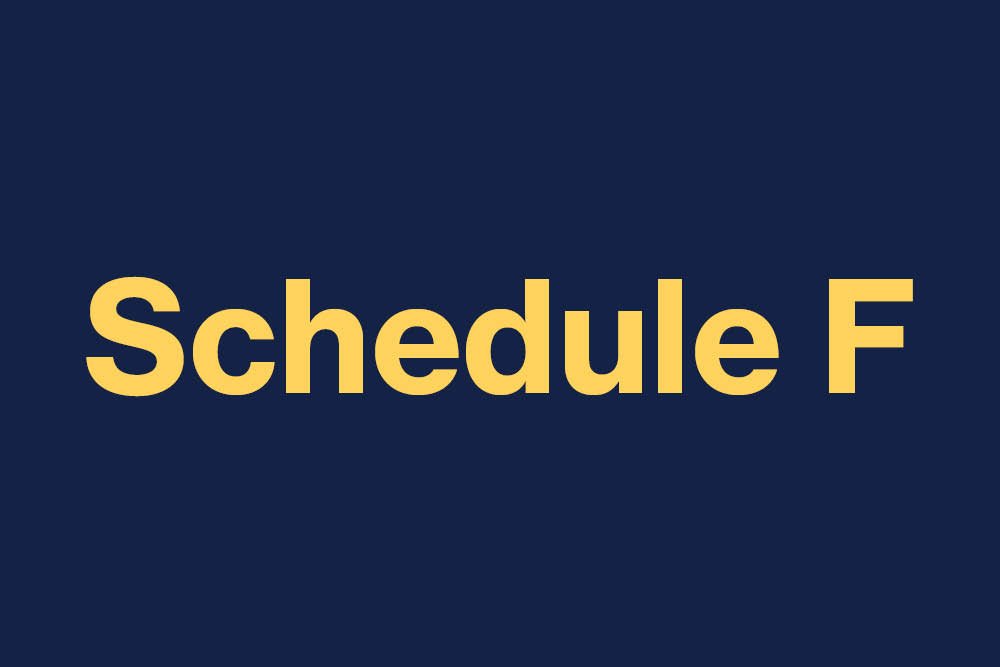In a previous Explorations column (AR May/June 2018), we looked at threats to the actuarial profession from the wave of digital disruption. This column will discuss six reasons for actuarial optimism.
-
Advice in a Rip Current: Don’t Panic
While writing this piece, I heard in the background another TV news report about a drowning from rip currents on the New Jersey shore. Every summer, many people tragically drown in rip currents. Per the NOAA instructional video:1
Stay calm. It is not going to pull you under, just pull you out from shore.
Don’t swim against it; you’ll only tire yourself out.
Swim with it and move parallel to the current until you can get back to the regular breaking waves and ride them back in.
That is good advice for this digital disruption:
Stay calm. This wave is not going to pull us under, just pull us farther from our comfort zone — disruption, not destruction.
Don’t swim against it; you’ll only tire yourself out. Don’t cling to outmoded approaches. Don’t bet on regulation and opacity to save the day.
Swim with it and move parallel to the current until you can get back to the regular breaking waves and take them back in. The regular breaking waves are: People need insurance, the insurance system mostly works well and actuaries are critical to the sound functioning of the insurance system.
We will be back where we started, just maybe farther down the beach. It may not look familiar and may take a while to get our bearings, but it’s the same beach.
-
Guidance from Physics: Conservation Laws
Let’s take a cue from physics and the conservation laws of energy and momentum. Remember, energy is neither created nor destroyed; it merely changes form. I humbly propose a “conservation law of risk” and a corollary, “resilience of actuarial value.” By conservation of risk, I mean that most of the impact of this new technology will be to make it cheaper and easier to get to the same core risk decisions (Is the past representative of the future? Are future contingencies predictable?), which have not changed materially since the origins of insurance. Resilience of actuarial value means our expertise meaningfully impacts these decisions for the better; therefore, our role will probably not diminish, and may in fact grow in importance.
-
Disruption is the Way of Things
In his brilliant LinkedIn piece,2 “The First Great Insurtech Disruption,” Larry Marcus, FCAS, points out how disruptive catastrophe modeling has been to the industry when viewed over a 20-year time horizon. Catastrophe models have changed the entities that sell reinsurance (pension funds), the prices insurers pay for reinsurance (returns closer to fixed income than venture capital), how reinsurance decisions are made (using dynamic financial analysis models incorporating catastrophe model exceedance probability curves) and how insurers are evaluated by rating agencies and regulators. Lesson: Our industry does absorb change, but slowly. Slow change favors the incumbents.
-
Remember the Underlying Risk Processes?
Many academic actuarial papers discuss “underlying risk processes,” whose financial impacts we observe as claims. These claims are an indirect, delayed product of those risk processes. We have built a substantial body of professional knowledge to model the financial consequences of changes to risk processes — all indirectly, after the fact, retrospectively. We have been operating from behind a screen.
With the evolution of sensor technology and the internet of things, we can observe the risk processes. This will allow us to follow the risk upstream to causal analytics. This is a promising new frontier for actuaries that I have dubbed “actuarial engineering.” To capitalize on the opportunity will require us to expand our brand outside traditional employers. We must also be prepared to collaborate (and compete) with other risk analytics professionals, including the incumbent engineers.

-
Data Scientists Need Our Help
There is good news for the insurance industry and public: Data scientists are bringing fresh perspectives to our industry. New techniques of identifying, gathering, prepping, modeling, interpreting and presenting data are already benefitting all parts of the insurance value chain. Many large traditional employers of actuaries have voted with their wallets by setting up “analytics” units comprising both actuaries and data scientists. There is good news for actuaries: The data scientists need actuarial guidance and leadership. Insurance (really, financial services as a whole) is a promising playground for data people because there is so much data. But those who do not know their history are condemned to repeat it. And those who don’t know the context and history of the industry cannot tell what data is worth analyzing. Actuaries can focus data science efforts on the problems worth tackling. We can also explain the current data sources and efforts made to date without stifling their exploration.
Actuaries are perfectly positioned to serve as advisors to insurtech and innovation efforts. We have a broad understanding of all aspects of insurance company operations and are well-versed in technical matters.
-
We Are Well Suited For Insurtech Advisory
Actuaries are perfectly positioned to serve as advisors to insurtech and innovation efforts. We have a broad understanding of all aspects of insurance company operations, have financial and quantitative skills, and tend to be well-versed in technical matters. I have developed a simple but effective heuristic for screening insurtech opportunities: target, tech and talent.
Target: Are insurtech opportunities going after something worth changing — identifying the “should” from the “could?”
Tech: Are they using the best available tools and methods for data capture, analysis and insight delivery?
Talent: Have they amassed the right combination of technical, business and insurance expertise to successfully navigate the startup landscape? Our advisory expertise can help startups, accelerators, incumbent insurers and reinsurers, industry associations, system integrators, consultancies, investors and regulators.
Communicate
This column and the May/June 2018 Explorations are far from exhaustive in their treatments of both opportunities and threats. This digital hand of evolution has upended retail, media, livery, shipping, banking and manufacturing. One of our greatest strengths as a profession is the CAS community. By leveraging our sharing culture, we can keep each other apprised of threats and opportunities, as well as new avenues for us to deliver our expertise, insights and solutions. Share your ideas with the CAS leadership and keep the dialogue going.
1 https://oceantoday.noaa.gov/ripcurrent/
2 https://www.linkedin.com/pulse/first-great-insuretech-disruption-lawrence-marcus-fcas-cfa/













